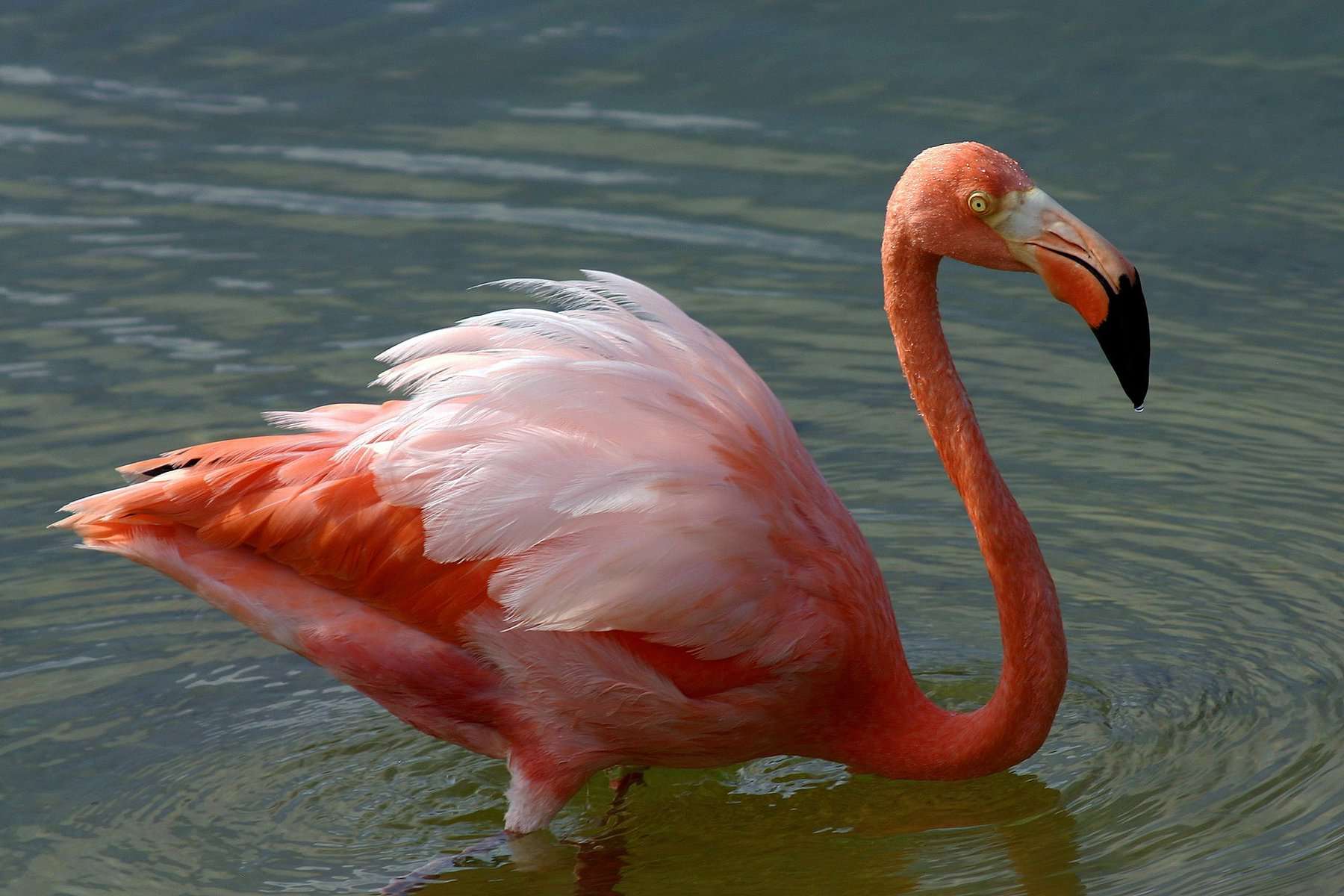An unusual visitor made an appearance in Moín on Saturday: an American Flamingo (Phoenicopterus ruber) was spotted on the beach, later reappearing at the mouth of the Estero Negro.
This bird inhabits the Atlantic coast of the United States, the Gulf of Mexico, and the Caribbean, as well as parts of Guyana and the Galapagos Islands. They’re not commonly found in Nicaragua, Costa Rica, or Panama.
“This is the first time it has been seen in Costa Rica. It is likely that strong winds from hurricanes and cyclones that recently hit the region made it move to our coasts, as has occurred with other bird species,” said Maylin Mora, Regional Director of La Amistad Caribe Conservation Area.
The flamingo feeds in shallow lakes and coastal waters with high saline or alkaline levels, extracting its food from the silty sediment at the bottom. These nutrient-rich waters support large populations of birds like flamingos, which feed on insects, shrimp, small plants, diatoms, and algae.
Reaching heights of 1.20 to 1.40 meters, the American Flamingo is a slender bird. Males weigh about 2.8 kg on average, while females weigh around 2.2 kg. It is the largest flamingo species in the Americas and the second largest in the world, after the common flamingo (Phoenicopterus roseus). Its color ranges from pale pink to deep crimson or vermilion, depending on its diet and the abundance of carotenoid-rich crustaceans.
The National System of Conservation Areas (SINAC) has urged the public to maintain a safe distance from the flamingo, avoid disturbing or chasing it, and refrain from feeding it. Additionally, people are advised to avoid loud noises, sudden movements, and bringing leashed dogs to the beach to prevent potential disturbances.
Like other flamingo species, the American Flamingo migrates short distances to find sufficient food or when its habitat is disrupted. For example, high water levels can make feeding difficult, prompting them to move elsewhere






